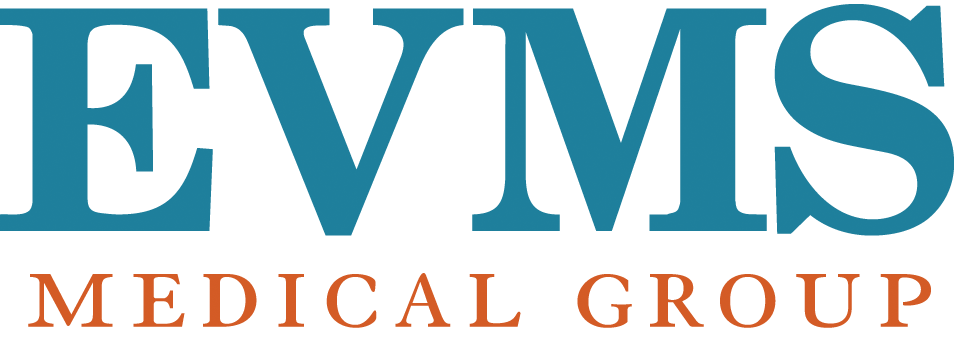Services
Besides feeling better during the day, patients with sleep apnea may live longer when using a CPAP machine.
What is CPAP?
Continuous positive airway pressure (CPAP) therapy is used to treat sleep apnea. Sucking hard on a thin paper straw when drinking a thick milkshake may cause the straw to collapse. This is similar to what happens to the airway during an apnea event. Blowing into the straw will cause it to open. Likewise, blowing air into the upper airway during sleep also holds it open.
A CPAP machine consists of a blower unit, a mask, gear to hold the mask on, and a tube to connect the blower to the mask. The mask is placed over the nose (and mouth, in some cases) and the CPAP machine blows air into the upper airway. This holds the throat open and prevents both snoring and apnea events (periods of not breathing).
The Mask: There are several ways to get air into the nose and upper airway: A mask that covers only the nose, nasal pillows that fit into the nostrils, and on occasion a full face mask that covers the nose and the mouth. For most patients, the nose mask is the most comfortable. Sizes vary from large to petite and from wide to narrow. Nasal pillows are more comfortable for some but may cause problems at higher pressures because the air blows directly into the nose. Nasal pillows also come in different sizes and must be turned correctly to fit the shape of the nostril. Several different styles of masks are available, making proper fit for individuals likely.
The CPAP Machine: Several different companies make CPAP machines. They all work on the principle that positive pressure holds the upper airway open.
When using CPAP, air will blow out of the mouth when it is open. This makes talking (or kissing) difficult when using CPAP. Some patients feel that it is difficult to breathe when using NCPAP. This sensation will diminish if one breathes calmly and deliberately. Watching TV and holding the mask up to the nose without strapping it on will help adjust to its use. Normally, a patient's mouth stays closed during sleep. However, in some cases, a chin strap may help hold the mouth closed.
Ways to improve CPAP use
- Putting on the headgear and adjusting the straps so that they are neither too loose nor too tight is important.
- Turning over without pulling off the headgear takes practice. A mask that is too small will hurt one's nose. One that is too big will leak and blow air across the patient's eyes irritating. A small cushion is sometimes necessary at the bridge of the nose to prevent a sore.
- Use of a salt-water nose spray or a humidifier can keep the nose from drying out. In some cases, irritation from the air may cause sneezing or a runny nose. This may require a prescription for a nasal spray.
What should I expect if CPAP works?
Patients should no longer snore when using CPAP. Because those on CPAP do not work as hard to breathe, have higher oxygen levels during sleep, and have fewer awakenings, they also feel less sleepy and more energetic during the day. If a patient continues to snore or experience excessive daytime sleepiness, a call or visit to an EVMS Sleep Medicine doctor is in order.
